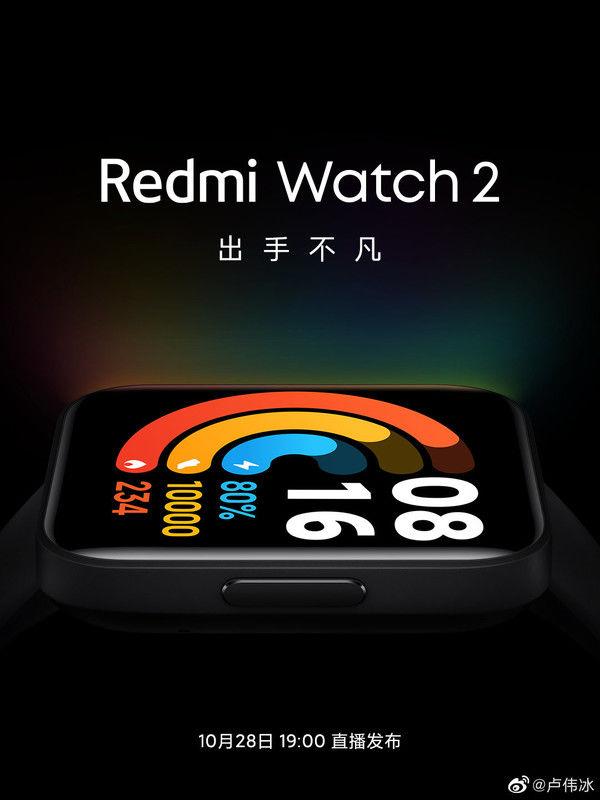万事须己运,他得非我贤。这篇文章主要讲述android 之 TabHost相关的知识,希望能为你提供帮助。
TabHost的实现有两种方式,第一种继承TabActivity,从TabActivity中用getTabHost()方法获取TabHost。各个Tab中的内容在布局文件中定义就行了。
mainActivity.xml
private TabHost myTabHost;Tab内容布局文件:
@Override
public void onCreate(Bundle savedInstanceState) {
super.onCreate(savedInstanceState);
//setContentView(R.layout.main);
myTabHost = this.getTabHost();
LayoutInflater.from(this).inflate(R.layout.main,
myTabHost.getTabContentView(), true);
myTabHost.addTab(myTabHost
.newTabSpec("选项卡1")
.setIndicator("选项卡1",
getResources().getDrawable(R.drawable.img01))
.setContent(R.id.ll01));
myTabHost.addTab(myTabHost
.newTabSpec("选项卡2")
.setIndicator("选项卡2",
getResources().getDrawable(R.drawable.img02))
.setContent(R.id.ll01));
myTabHost.addTab(myTabHost
.newTabSpec("选项卡3")
.setIndicator("选项卡3",
getResources().getDrawable(R.drawable.img03))
.setContent(R.id.ll03));
}
< ?xml version="1.0" encoding="utf-8"?>
< FrameLayout xmlns:android="http://schemas.android.com/apk/res/android"
android:orientation="vertical" android:layout_width="fill_parent"
android:layout_height="fill_parent">
< LinearLayout android:id="@+id/ll01" android:layout_width="fill_parent"
android:layout_height="fill_parent" android:gravity="center_horizontal"
android:orientation="vertical">
< EditText android:id="@+id/widget34" android:layout_width="fill_parent"
android:layout_height="wrap_content" android:text="EditText"
android:textSize="18sp">
< /EditText>
< Button android:id="@+id/widget30" android:layout_width="wrap_content"
android:layout_height="wrap_content" android:text="Button">
< /Button>
< /LinearLayout>
< LinearLayout android:id="@+id/ll02" android:layout_width="fill_parent"
android:layout_height="fill_parent" android:gravity="center_horizontal"
android:orientation="vertical">
< AnalogClock android:id="@+id/widget36"
android:layout_width="wrap_content" android:layout_height="wrap_content">
< /AnalogClock>
< /LinearLayout>
< LinearLayout android:id="@+id/ll03" android:layout_width="fill_parent"
android:layout_height="fill_parent" android:gravity="center_horizontal"
android:orientation="vertical">
< RadioGroup android:id="@+id/widget43"
android:layout_width="166px" android:layout_height="98px"
android:orientation="vertical">
< RadioButton android:id="@+id/widget44"
android:layout_width="wrap_content" android:layout_height="wrap_content"
android:text="RadioButton">
< /RadioButton>
< RadioButton android:id="@+id/widget45"
android:layout_width="wrap_content" android:layout_height="wrap_content"
android:text="RadioButton">
< /RadioButton>
< /RadioGroup>
< /LinearLayout>
< /FrameLayout>

文章图片
第二种方式,不继承TabActivity,在布局文件中定义TabHost即可,但是TabWidget的id必须是@android:id/tabs,FrameLayout的id必须是@android:id/tabcontent。
< ?xml version="1.0" encoding="utf-8"?>mainActivity
< LinearLayout xmlns:android="http://schemas.android.com/apk/res/android"
android:id="@+id/hometabs"
android:orientation="vertical"
android:layout_width="fill_parent"
android:layout_height="fill_parent">
< TabHost android:id="@+id/tabhost"
android:layout_width="fill_parent"
android:layout_height="wrap_content">
< LinearLayout
android:orientation="vertical"
android:layout_width="fill_parent"
android:layout_height="fill_parent">
< TabWidget android:id="@android:id/tabs"
android:orientation="horizontal"
android:layout_width="fill_parent"
android:layout_height="wrap_content">
< /TabWidget>
< FrameLayout android:id="@android:id/tabcontent"
android:layout_width="wrap_content"
android:layout_height="wrap_content">
< TextView android:id="@+id/view1"
android:layout_width="fill_parent"
android:layout_height="fill_parent" android:text="Tab1"/>
< TextView android:id="@+id/view2"
android:layout_width="fill_parent"
android:layout_height="fill_parent" android:text="Tab2"/>
< TextView android:id="@+id/view3"
android:layout_width="fill_parent"
android:layout_height="fill_parent" android:text="Tab3"/>
< /FrameLayout>
< /LinearLayout>
< /TabHost>
< /LinearLayout>
@Override
protected void onCreate(Bundle savedInstanceState) {
super.onCreate(savedInstanceState);
setContentView(R.layout.main);
【android 之 TabHost】 TabHost tabHost = (TabHost) findViewById(R.id.tabhost);
tabHost.setup();
TabWidget tabWidget = tabHost.getTabWidget();
tabHost.addTab(tabHost
.newTabSpec("tab1")
.setIndicator("tab1",
getResources().getDrawable(R.drawable.img01))
.setContent(R.id.view1));
tabHost.addTab(tabHost
.newTabSpec("tab2")
.setIndicator("tab2",
getResources().getDrawable(R.drawable.img02))
.setContent(R.id.view2));
tabHost.addTab(tabHost
.newTabSpec("tab3")
.setIndicator("tab3",
getResources().getDrawable(R.drawable.img03))
.setContent(R.id.view3));
推荐阅读
- android 之 View
- android屏幕适配的全攻略
- android 之 ListView相关
- Dijkstra的算法分析
- 离散数学二叉树
- [OpenCV实战]17 基于卷积神经网络的OpenCV图像着se
- yaml文件及语法基础
- SMTP和HTTP协议一样都属于请求应答式协议
- Linux驱动开发-内核共享工作队列











